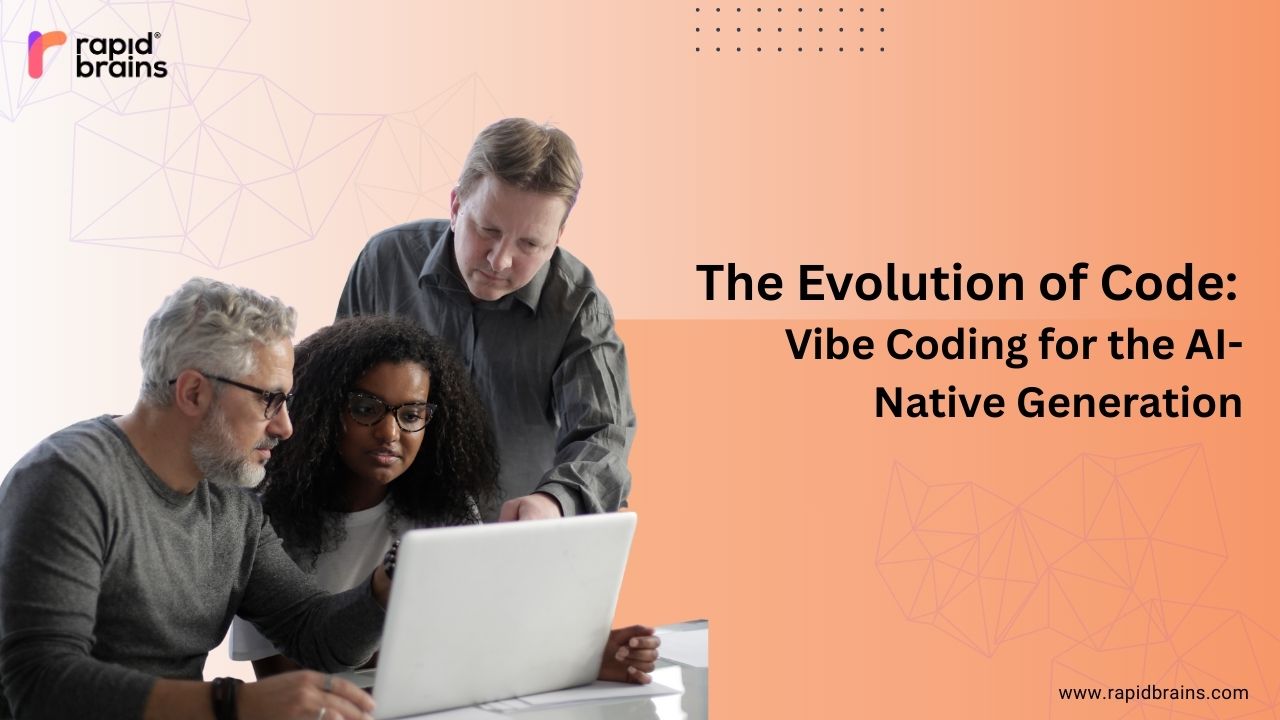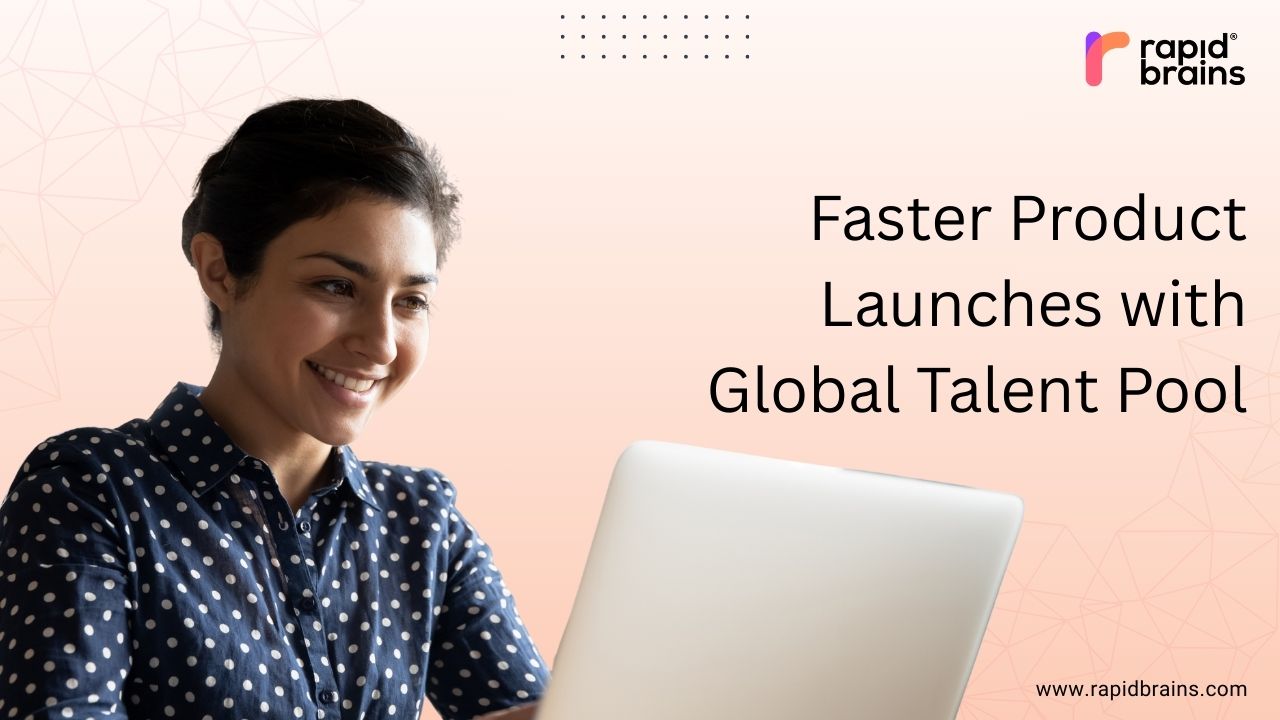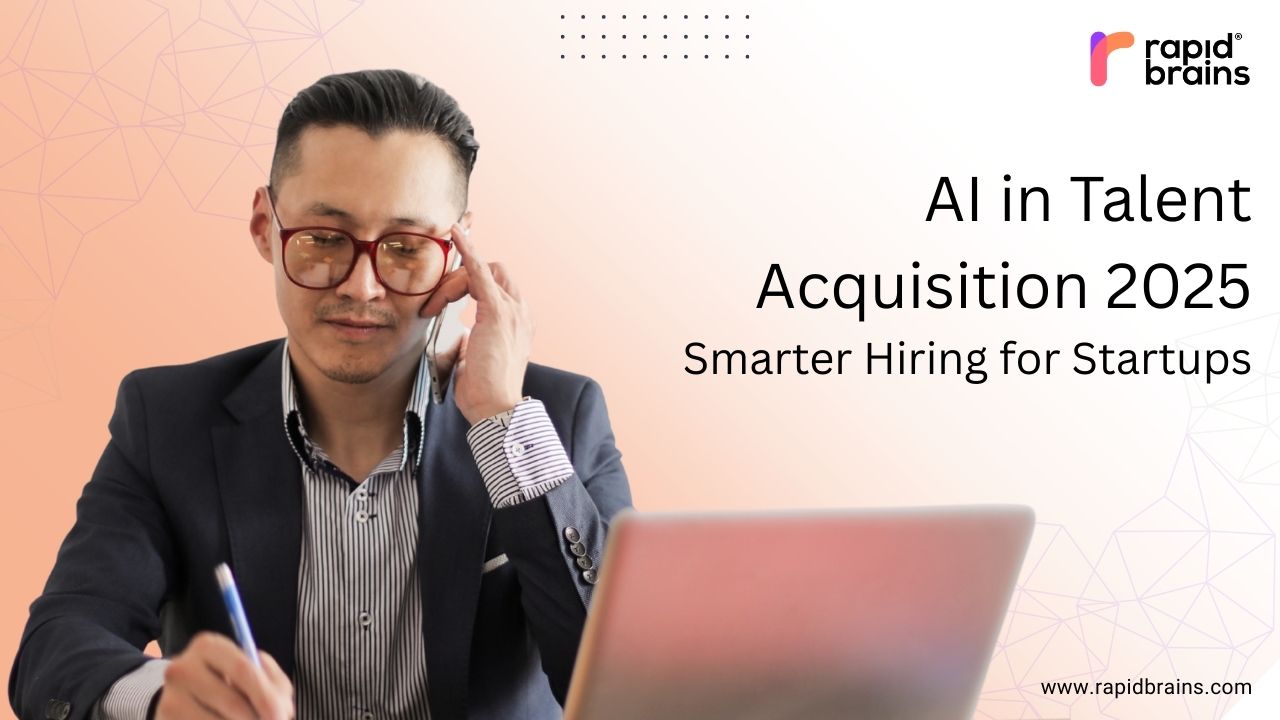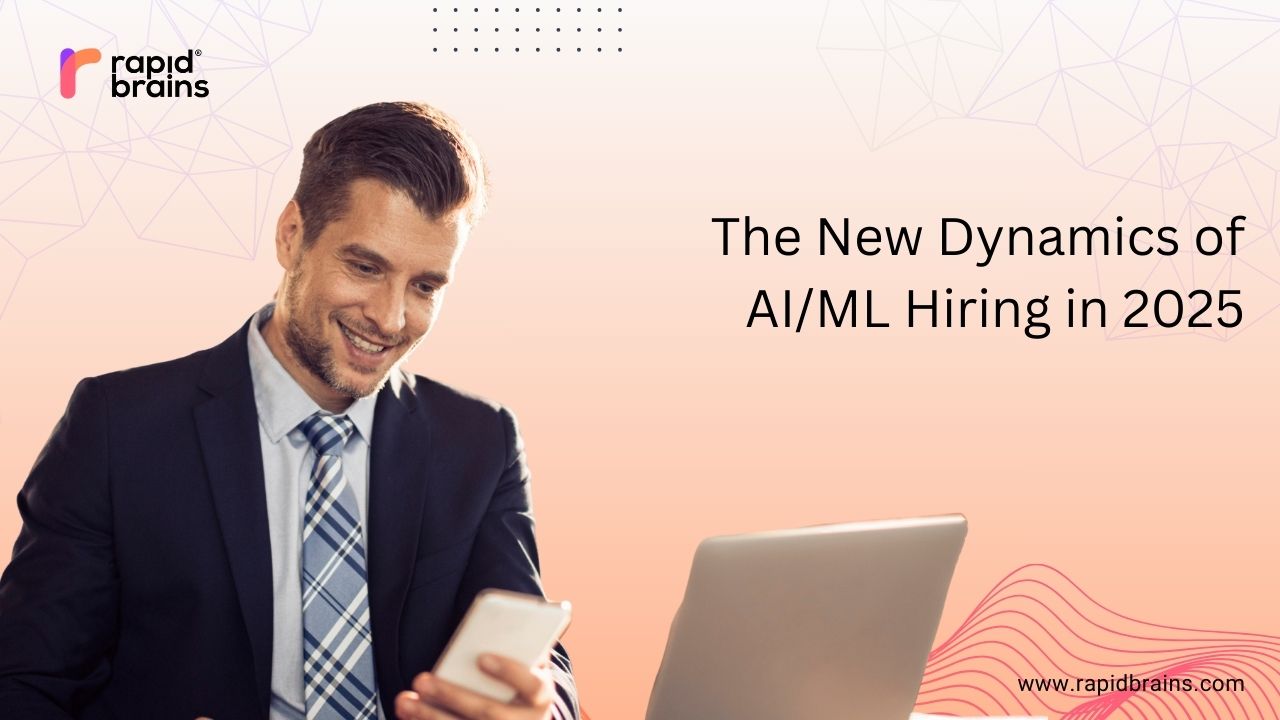
Introduction
The software development industry is undergoing significant change. At the leading edge of this change is Vibe Coding, an innovative development methodology which combines human inspiration with artificial intelligence to accelerate innovation and improve software quality. As a result of the rapid growth of AI-powered development, developers are now out of the business of manual, repetitive automation.
Developers can now leverage AI Coding Assistants and intelligent Developer Productivity Tools for building, designing, and optimising software faster and at previously unfathomable scale. This paradigm shift is changing what it means to be a developer. New ways of coding are emerging, and Vibe Coding is enabling teams to build better, faster, and more valuable software over the lifecycle with Next-Gen Coding and Intelligent Software Development.
The Rise of AI-Powered Development
Artificial intelligence (AI) in software engineering isn’t experimental — it is foundational. AI-Powered Development has quickly become a key lever for engineering teams, realising tangible improvements in productivity, quality, and time-to-market.
In providing code generation, test automation, documentation improvement, and reduction in cognitive overload, AI-Powered Development allows engineers to do the higher-order tasks that add value. It facilitates a more agile and scalable approach to building software, a prerequisite for Vibe Coding, and another signal of the wider shift toward Intelligent Software Development.
Companies that strategically embrace these tools are positioning themselves to drive innovation by using AI to augment—rather than diminish—engineering capabilities. This approach ensures sustained excellence in future engineering efforts.
Embracing Next-Gen Coding Practices
Next-Gen Coding Practices are flexible, adaptive, and driven by speed. The coding journey is not linear anymore – coding is now iterative and must accommodate consistent interaction with intelligent systems.
With Vibe Coding, development evolves into an agile partnership between a developer’s contextual knowledge and the computational power of AI. This AI actively interacts with other intelligent systems to enhance the development process. As a result, teams begin to adopt coding practices that are more modular and context-aware. These practices are inherently designed for continuous integration—core principles of Intelligent Software Development.
Developer Productivity Tools: Accelerating Innovation
Tools for Developer Productivity have changed the development pipeline. These tools add capabilities to the development process beyond just code generation and include knowledge transfer, testing, and debugging, ultimately enabling more productive and smarter development.
Here’s how these tools support the Vibe Coding model:
- Contextual Code Recommendations: Real-time recommendations, with awareness of your intent and your codebase.
- Instant Documentation: Create inline documentation, which offers an onboarding benefit and improves code readability.
- Automated Testing and Debugging: Suggest fixes and write unit tests in real-time.
- Integration with DevOps: Simple configuration so that you can have continuous integration and continuous deployment with minimal configuration.
- Support for multi-language projects: Help polyglot teams with overlaps and gaps across languages and tools.
These tools are critical to AI-Powered Development and also serve as a launch pad for scalable, maintainable, and high-performance software.
AI Coding Assistants as Key Collaborators
AI Coding Assistants like Copilot and Gemini are not merely code generators, but intelligent collaborators. They aid in writing functions, identifying problems, migrating languages, and onboarding other team members at a faster rate.
In the Vibe Coding environment, these AI supports are:
- Thought accelerators
- On-demand mentors
- Productivity enhancers
Since they support Next-Gen Coding Practices, these tools enable developers to focus more on problem-solving rather than manual tasks. This shift is critical for the effective scaling of Intelligent Software Development.
Intelligent Software Development: Beyond Automation
Smart Software Development is more than just automation; it is about teaching AI about the code, not just what it is supposed to do, but why it is important. It is teaching AI to co-create in line with business goals and user needs. AI-Powered Development allows for these developments by allowing the development process to encompass predictive modelling, behaviour-based learning, and architecture-level recommendations. This makes Vibe Coding both efficient and strategic.
Redefining the Developer’s Role
A developer’s responsibilities are changing quickly. Development tools, along with AI Coding Assistants, are not just changing the role of the developer; they’re rapidly evolving the role of the developer from builder to the orchestrator of intelligent systems. Companies leaping into AI-powered development are spending more on talent than ever. Some recent industry reports indicate companies are offering engineers with AI-integration skills huge bonuses, representing a significant value placed on becoming proficient in Next-Gen Coding Practices and creating Intelligent Software Development.
Conclusion: Engineering Excellence Through Vibe Coding
Vibe Coding marks a major shift in software development as we move away from artisanal software development to a collaborative human/machine intelligence environment. Typically driven by AI-Powered Development as the principal change, enabled by Next-Gen Developer Productivity Tools, informed by Next-Gen Coding Practices, this new way of working will allow teams to operate at speed, scale, and innovate far beyond previous constraints.
In this new world, success belongs to those who adapt early, invest in intelligent tooling, and cultivate a culture that uses AI to enhance — not replace — human creativity. Vibe coding isn’t a trend. It’s the new normal for building smart, scalable, and resilient software in an AI-infused world.




